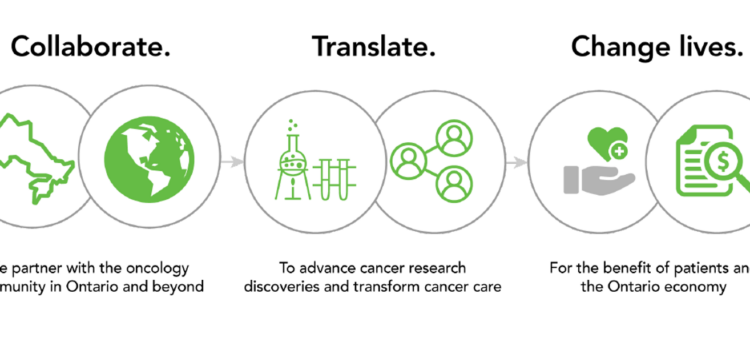
Are employee reviews really enough?
According to HR expert Susan M. Heathfeld, they’re not. And I agree! Although automating employee appraisals can make HR’s life a lot easier, the truth is there is a lot more to it than that. What your organization really needs is a complete performance and talent management process to work alongside the traditional employee appraisal. In other words, a holistic solution or as Healthfeld puts it, a system.
Long gone are the days (or at least, one can only hope) where the words ‘performance management’ are associated solely with an annual review. Today’s employees want more. They want to feel valued. They want to learn and grow with an organization. This is where the development plan comes into play.
Once your company has executed a performance review process and you have some data under your belt, the next steps would be to examine and deliver the results (both positive and negative) to your employees on an individual basis. Before doing so, however, you’ll want to nail down a way to put forth effective development plans so that your employees live long and prosper (within the organization, that is).
The development plan is essentially the “follow-up” or “follow-through” to the review process. It’s a crucial part of the system, and should not be taken lightly.
At a high-level, a successful employee development plan can be packaged up into four key steps:
- Identify areas of improvement
- Define, set and manage goals
- Establish a plan of action
- Follow-up and re-assess
If you’re already utilizing some sort of automated appraisal solution, then identifying areas of improvement should be a piece of cake. An automated application will allow you to effortlessly analyze your performance review data with reporting and analysis features (refer to my blog on the benefits of effective reporting), hence making it simple to spot areas of strength and weakness.
An automated solution will also make it easy for you to define, set-up and manage employee goals. In the case of a development plan, it’s imperative that managers sit down and work out personal goals with each employee. These goals should be relevant to any issues they may be having or weak points they need to improve on. In addition, these goals should be documented in one central location so that the employees can refer back to them throughout the year to keep them fresh and top of mind.
Establishing a plan of action can include anything that will help employees strive to obtain their goals. Take, for example, training. According to a recent article, employee performance training not only increases business productivity, but it boosts employee confidence and morale. Putting together a targeted training or education plan is another way to achieve goals and facilitate the overall development plan.
The follow-up is quite possibly the most fundamental step in the triumph of any development plan. If a manager does not take the time to follow up with their employees on how they are doing, then your development plan can quickly fall to pieces and become completely redundant. It’s important to “check-in” every once in a while, and closely monitor progress and how your employees are getting on.
What are some of the key elements you think make or break a development plan?

SEE HOW COMPANIES JUST LIKE YOURS ARE STREAMLINING PERFORMANCE REVIEWS & DEVELOPMENT PLANS WITH EMPERFORM. BOOK YOUR DEMO TODAY.




 If you’re an HR professional still going through a manual process come appraisal time, the idea of employee performance reviews may leave a sour taste in your mouth. Why? Simply put: a paper-based solution is no longer the logical solution.
If you’re an HR professional still going through a manual process come appraisal time, the idea of employee performance reviews may leave a sour taste in your mouth. Why? Simply put: a paper-based solution is no longer the logical solution.